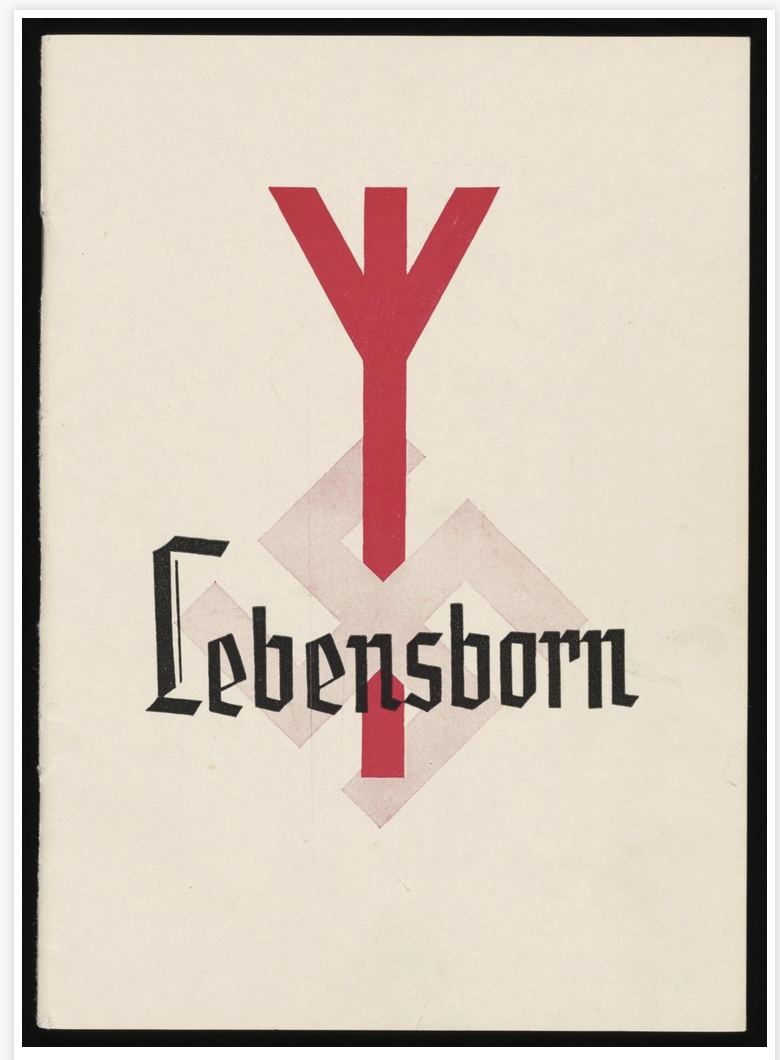A Story of Resilience and Courage – Cradles of the Reich
By Sue Weston and Susan Rosenbluth – Two Sues On The Aisle
The pragmatic approach to creating an Aryan race was audacious. In Cradles of the Reich, author Jennifer Coburn tastefully explores the Lebensborn project, a formula for breeding thousands of ‘ethnically desirable’ babies. The book focuses on the strength, courage, and compassion of three women united by their drive to survive. These three protagonists are, a young girl excited to be carrying a Nazi officer’s child seeing this as her ticket to a better existence; a pregnant university student carrying a Jewish man’s baby; and a retired nurse. They cross paths in 1939, at Heim Hochland, a palatial Nazi breeding home in Bavaria.
Cradles of the Reich tells their story, a compelling, captivating historical fiction.
Historic Perspective
The Nazis encouraged German women to have more children, giving medals to those who met the regime’s reproductive goal. Married women with four healthy children were awarded the Mutterkreuz (the Mother Cross) service medal. A bronze medal was awarded to women with four or five children, a silver medal for six or seven children, and a gold Mutterkreuz for eight or more children. This positive recognition created an appetite for adoption and shifted the societal norm to value larger families.
In 1935, Heinrich Himmler founded The Society Lebensborn as a way to reverse Germany’s declining birthrate. The program selectively bred future Nazi-Aryan generations by encouraging SS and Wehrmacht officers to father children, creating a supply of suitable babies for Nazi families to adopt.
The Society Lebensborn took racially pure girls with blond hair, blue eyes, and appropriate family lineage to produce offspring for adoption. Initially, they provided expectant mothers with medical attention, food, safety, and comfort. Later, it became a place where SS officers could meet and cavort with women. During the almost ten years of the program’s existence approximately 7,500 children were born in Germany and 10,000 in Norway.
The Lebensborn policy expanded further to include kidnapping “racially good” children from eastern occupied countries to be “Germanized.” Children not deemed “good enough” to be Germanized were simply exterminated. Sources estimate that 200,000 children were taken from Nazi-occupied countries, half from Poland alone.
Social Conscience
It is disturbing that a program designed for the care of children, and expectant mothers could be so thoroughly perverted, and then conveniently removed from historical accounts. The lives of thousands of children, known as “Lebensborn Kinder” were impacted. The Nazi’s destruction of many documents detailing the births makes it challenging to determine the impact. A further complication is that approximately 60 percent of the women who gave birth in Lebensborn homes were not married, and their births were kept secret. This created a generation searching for their roots, identities, and relatives.
Society Lebensborn
Coburn carefully explores the non-political aspects of the Lebenborn project by focusing on different motivations for women. By agreeing to live in Heim Hochland for the duration of their pregnancy expectant mothers were provided access to healthy foods, and medical attention, neither of which were readily available during the war. They choose to leave their families, unaware of the consequences, that their children would be taken from them, or that undesirable babies would be eliminated.
The Society Lebensborn disguised its purpose, mass producing “healthy racially desirable babies.” The project politicized and commoditized women, using them for reproductive purposes alone. Cradles of the Reich focuses on the unlikely emergent heroines, the nurses who understood and tirelessly fought to preserve life.
Most of the stories about Nazi atrocities focus on the concentration camps, an effort to exterminate an entire portion of the population – genocide without conscience. Cradles of the Reich presents the mirror image, in a highly fictionalized, well-researched, and frighteningly relatable story. Adopting a desensitized systematic approach to breeding, created an Aryan generation without regard for sensitivities or sensibilities. Families were treated as organizational units, providing social standing with little regard to motherhood, maternal instincts, or love. The callous and calculated approach typified by the Nazis is contrasted by the vibrant childish behavior displayed by the girls and the nurturing provided by their caretakers.
Coburn describes this book as her dream project, ‘As a Jewish woman, I have always been fascinated — and terrified by — how Germany fell prey to a madman. This project let me dig in and learn the multifaceted, multilayered propaganda campaign waged by the Nazis.’
Even during this darkest period, Coburn shows women’s ability to dig deep, invoking their instinct, courage, compassion, and will to survive.
****
Two Sues on the Aisle bases its ratings on how many challahs (1-5) it pays to buy (rather than make) in order to see the play, show, film, book, or exhibit being reviewed.
Cradles of the Reich received a 5 Challah rating









